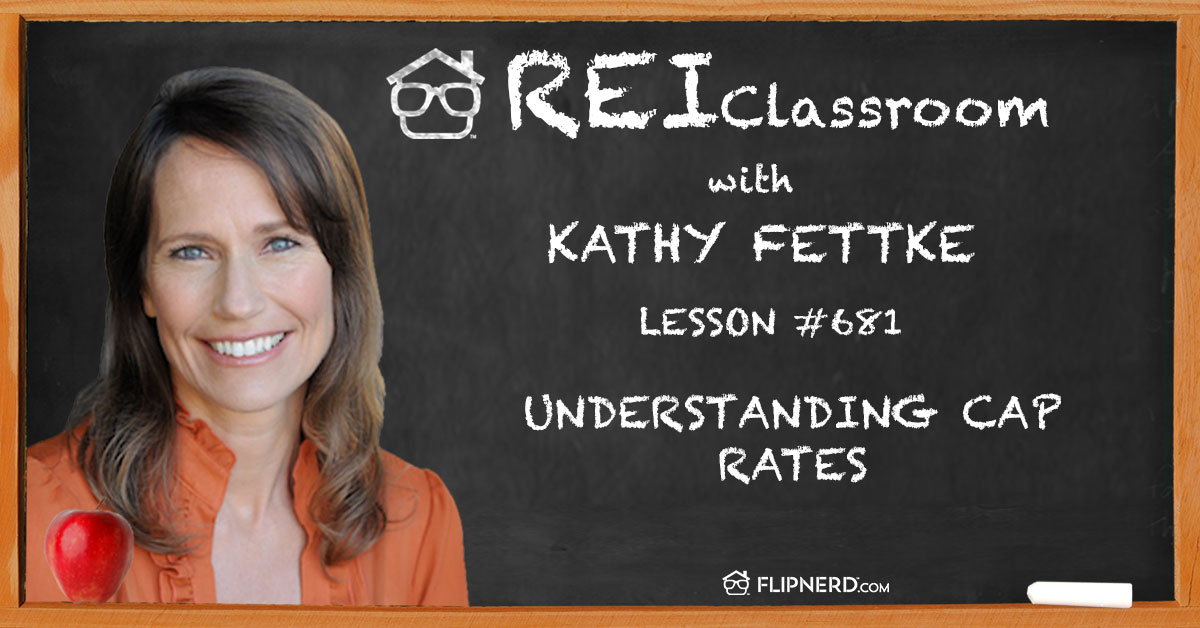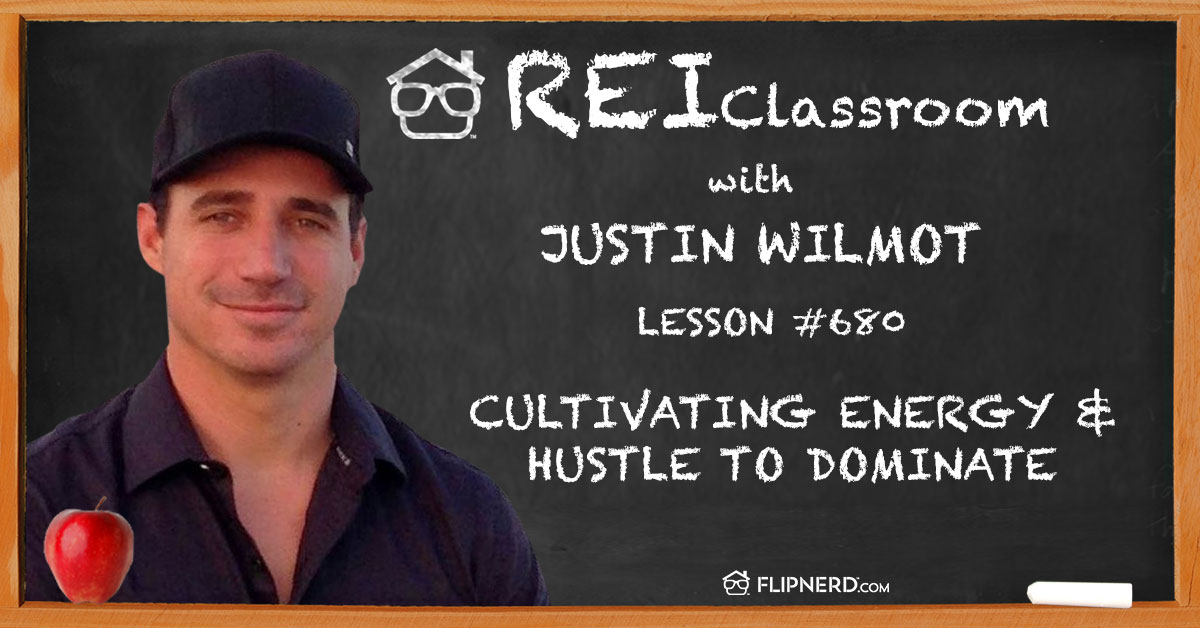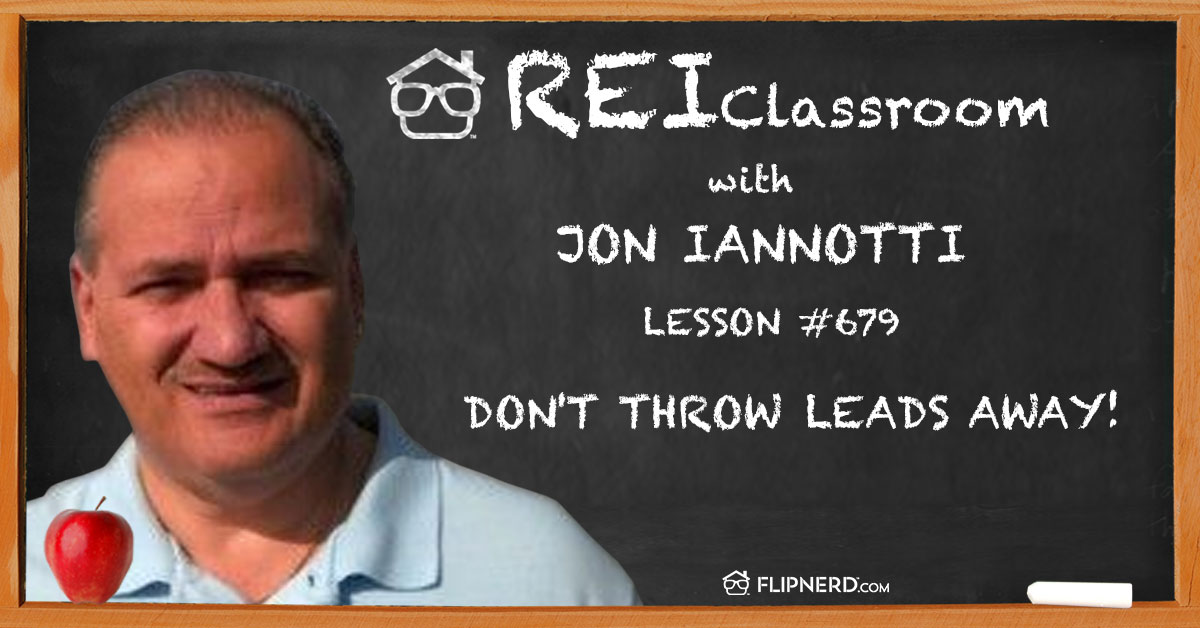Today’s REI Classroom Lesson
In the classroom today, Kevin Ortner emphasizes the importance of calculating how a property should perform.
REI Classroom Summary
By looking at cash flow, cap rates, and cash on cash returns, you’ll be able to make a educated decision on what properties perform best.
Listen to this REI Classroom Lesson
Real Estate Investing Classroom Show Transcripts:
Mike: Welcome back to the FlipNerd.com REI Classroom, where experts from across the real estate investing industry teach you quick lessons to take your business to the next level. And now, let’s meet today’s expert host.
Kevin: Hello, thanks for joining us. I’m Kevin Ortner with Renters Warehouse and I will be your host today for REI Classroom. We’re going to talk about rent estate and how to crunch numbers like a nerd.
Mike: This REI Classroom real estate lesson is sponsored by VirtualStaffNow.com.
Kevin: When you’re looking at and measuring your investment real estate, you want to know how that investment is doing for you. If you’re looking at buying a new piece of real estate as an investment, how is that going to perform in your portfolio? Is it better than what you have or can you find something better? We’re going to go over three simple ways to measure your real estate. The first being cash flow, the second being cash-on-cash return and the third being cap rate.
The first one is cash flow. This is the most common way that early investors look at their property and decide is this a good investment or is it not a good investment. Cash flow is simple. It’s simply your monthly rental income or income on the property minus your monthly expenses. This obviously equals your cash flow. But in my opinion it’s a little bit too basic of a way to evaluate your rental real estate and leaves out several variable factors or really valuable things that you can take into consideration.
Let’s jump in to the second one which is your cash-on-cash return. Cash on cash return is a little bit of a better take on the cash flow equation. The reason why is it actually takes into consideration, how much money you have invested in your investment or invested into your real estate. To start with your cash-on-cash return, you need to take that cash flow number that you determined before, which in the previous example we had a monthly cash flow number. We need to turn it into an annual cash flow number. We’ll multiply that by 12.
Let’s just say that our annual cash flow on our property is $2,000 for the sake of this example. Let’s say we bought a $100,000 property, we put 20% down or $20,000. The cash-on-cash formula is really your annual cash flow divided by the cash invested in the property and that’s going to be your cash-on-cash returns. In our example of a $100,000 home with a $20,000 down payment, $2,000 in your cash flow divided by that $20,000 down payment is a 10% cash-on-cash return.
What does this mean? It means that you are making 10% on your money. You may have bought a $100,000 investment or $100,000 piece of real estate investment property, but you’ve only put $20,000 of your own money into it. Each year you’re making 10% on your money which is a fantastic return. You certainly can’t find that at the bank or in your 401(k) usually or things like that. That’s one important way as to how to look at this is, what am I making on my cash invested in the property? That’s the unique thing with investment real estate. It’s one of the few asset classes that ordinary Americans like you and me can buy and actually use bank’s money to do.
We couldn’t walk into a bank today and say, “I’d like to borrow money to buy Apple stock.” That’s just not going to happen. But you can walk in and say, “I’d like to borrow money to buy an investment and it just happens to be in real estate.” And then you can leverage other people’s money to make your money go further. The cash-on-cash return is an important way you can look at your return and again find out how much money you’re making on your money invested in your real estate.
The third item we want to talk about as far as how to measure things is cap rate or the capitalization rate. Cap rate is simply the ratio between your net operating income or your yearly cash flow and the purchase price or value of your property. This doesn’t come into play much on single family homes or small multifamily, but often times this is how or all the time, this is how large apartment buildings and multifamily building are valued.
Let’s use the same examples we were using and keep the numbers consistent and say we bought a $100,000 property with a $2,000 annual cash flow or net operating income. The formula for capitalization rate is your net operating income divided by your cost or value of the property. A little bit different than the cash-on-cash return. It just takes into consideration the entire value of the asset.
In our case we’d have $2,000 of annual cash flow divided by $100,000 purchase price or value of the property. That’s going to get you 2%. So at 2% capital rate. That’s a really low capital rate, but again we were using a single family home or a low value property for this. As a rule of thumb, most investors want to invest in and buy properties that are between a 5 and 8 cap rate depending on how aggressive you want to be and what your plans are for the property. Again that’s capitalization rate.
What’s important really is you move to larger multifamily buildings is going to be the best way to weigh your investment. Whether you’re just getting started in investing in long-term real estate or you’ve had properties for a long time, make sure on a regular basis you’re doing these formulas to find out, what’s my cash flow? What’s my cash-on-cash return?
If you have larger properties, what’s the capitalization rate? And compare that to other real estate investments you have or certainly what you’re doing with your other cash on hand, whether it’s in a bank or 401(k)s or your other things and be sure not to put all your money in one basket. But this is a great way to diversify and make sure you’re getting the best returns on your investment.
Again, we talked about cash flow, cash-on-cash return and capitalization rate and great ways to analyze your properties and your investments and find out if they’re really working for you. That’s all we have for you today. Looking forward to seeing you next time on REI Classroom.
Mike: VirtualStaffNow.com is the leading virtual system provider for real estate investors. As busy real estate investors, there’s nothing more valuable than our time and VirtualStaffNow.com not only helps you find the right real estate virtual assistant for your business, they train them on an ongoing basis, manage them daily to make sure they’re staying productive and effective and in the event, they’re not the right fit or need to be replaced, they handle that for you too. Whether you need 1 or 100 virtual assistants for your team, start the process right now at VirtualStaffNow.com.
Please note, the views and opinions expressed by the individuals in this program do not necessarily reflect those of FlipNerd.com or any of its partners, advertisers or affiliates. Please consult professionals before making any investment or tax decisions, as real estate investing can be risky.
Are you a member yet of FlipNerd.com, the hottest real estate investing social community online? If not, you can join for free in less than 30 seconds and get access to hundreds of off-market deals, vendors in your market to help you in your business, and you can start networking with thousands of other investors just like you. Get your free account now at FlipNerd.com.
Please check out the FlipNerd family of real estate investing shows where we host four great ongoing shows at FlipNerd.com/shows. Or simply search for FlipNerd in the iTunes store.










